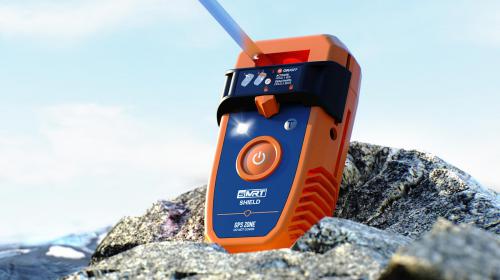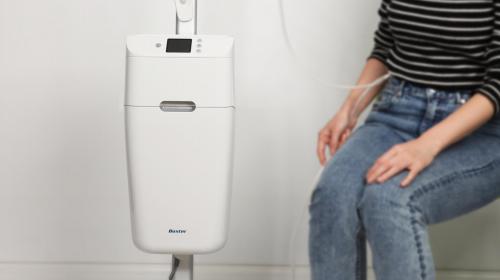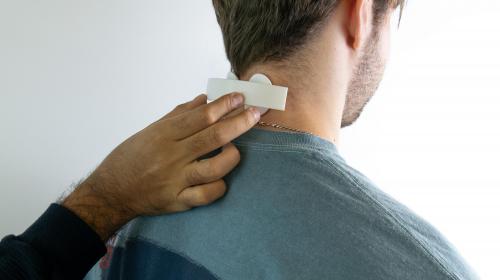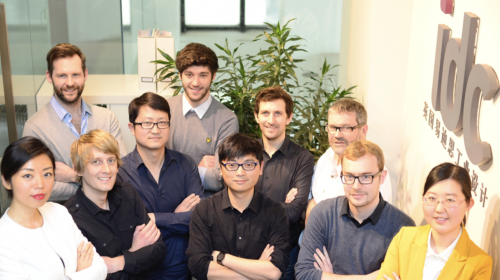
COVIDIEN
EEA Haemorrhoid Stapler
Ergonomic redesign
for China
IDC was challenged to take an existing product and redesign it to improve usability, look and feel, while greatly reducing costs for the China market.
Covidien (now Medtronic) came to IDC for support in developing a new haemorrhoid stapler, specifically for use by medics in China. There was a similar product already available for Western markets, but this was not suited to China due to various ergonomic and commercial issues.
IDC was briefed to develop a device that offered excellent value for money, with great usability and ergonomic consideration for the Asian market, while improving the overall look of the product.
The team was challenged to do all this while reusing the existing mechanism of the device.
IDC’s first step was to gather insight about how the device was used in surgery and the preferences of surgeons for improvement, as well as gathering useful feedback about various concepts.
Ergonomically, the existing product wasn’t ideal for Chinese surgeons, with a long handle and length. Asian hands are generally smaller than hands of Western people, so the overall design was made shorter with a smaller lever, and shorter, more comfortable grip, to make the product easier to use for Chinese surgeons.
With a focus on cost reduction, IDC’s teams evaluated the materials and components of the device to find ways of reducing the cost per unit, at the same time as improving the overall effectiveness of the device. Soft touch materials were removed and replaced by an ergonomically shaped plastic grip to reduce cost but bring greater benefits of a handle that was optimally shaped for the job. A section of metal in the casing was replaced by plastic to reduce cost but also give a more unified look throughout the product.
IDC’s team used an indicator in the casing design to show if the staples had been correctly applied, this feature included a window with markings to help the surgeon line the device correctly for stapling. The design included chamfered edges, with a shallow ramp in the casing to the indicator window. This allowed the indicator to be viewed with a direct line of sight to make the device easier to line up and use.
The final device offered excellent value for money, with great usability and ergonomic consideration for the Asian market, while improving the overall look of the product.









